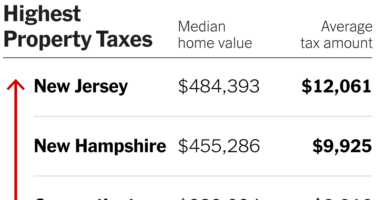
The Vibe
Murray Hill’s vibe may depend on which part of the neighborhood one is exploring. The “very vibrant restaurant and bar scene,” for example, continues to make the area “a hub for young professionals” and “young families,” Mr. Athayde said.
Its gleaming towers lend it a contemporary vibe. By contrast, the tree-bedecked side streets of the Historic District — two areas roughly between 35th and 38th Streets and Park and Lexington Avenues — with their elegant Italianate, Empire and Neo-Georgian rowhouses, summon an earlier age of Murray Hill as among the city’s premier residential neighborhoods. And the East River Esplanade, just beyond Franklin D. Roosevelt Drive from 38th to 41st Street, recently had a makeover, with added amenities for its waterside pier.
With its diverse elements, Murray Hill retains longtime residents like Lillian Seidman Davis, a financial adviser who has lived there for about 30 years. Since 2000, she has owned a two-bedroom apartment in a brownstone. “It’s such a wonderful neighborhood,” said Ms. Davis, a pickle-ball enthusiast who enjoys watching games at the local St. Vartan Park, and a bicyclist who uses the Citi Bikes around town with her husband. “You can get around anywhere” from Murray Hill, she said. “Nothing is too far.”
The Schools
Neighborhood schools include P.S. 281 The River School, at 425 East 35th Street, with 459 students from prekindergarten to fifth grade. In 2018-19 — the last year for which figures are available — 80 percent of students met state standards in English, compared with 48 percent citywide; 85 percent met standards in math, compared with 50 percent citywide.
P.S. 116 Mary Lindley Murray, at 210 East 33rd Street, has 410 students, also from prekindergarten to fifth grade. In 2018-19, 71 percent of them met state standards in English, and 67 percent met the standards in math. Middle school students, in Grades 6 through 8, are zoned for J.H.S. 104 Simon Baruch. The school, at 330 East 21st Street, has 1,017 students. In 2018-19, 76 percent of students met standards in English, compared with 47 percent citywide; 77 percent met state standards in math, compared with 41 percent citywide.
Source: | This article originally belongs to Nytimes.com









